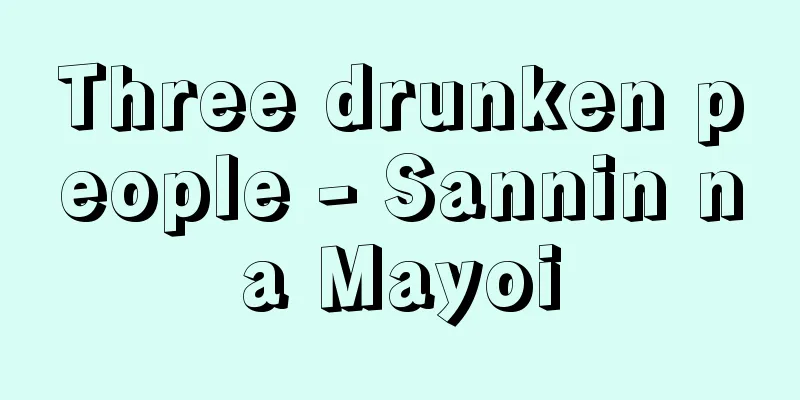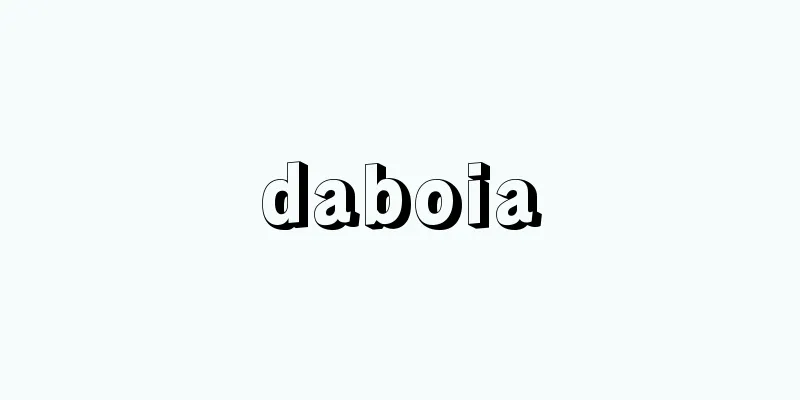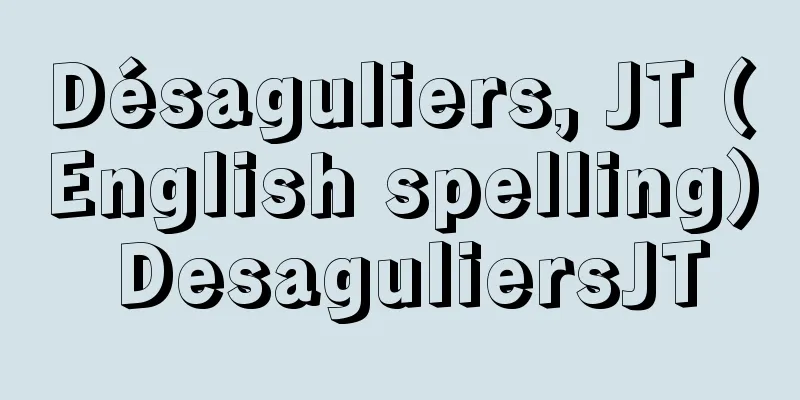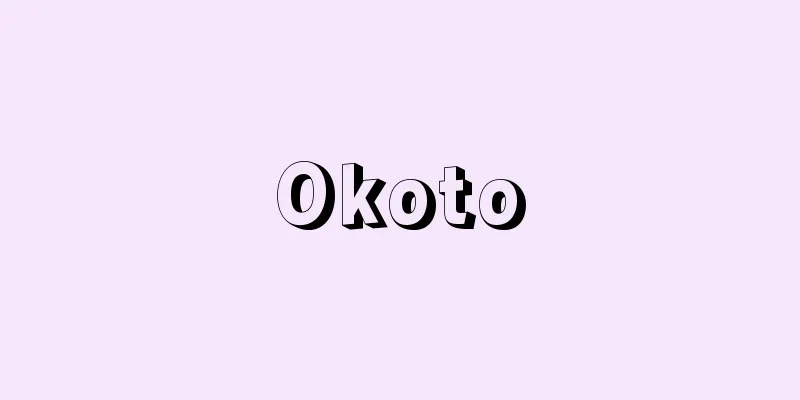Column (writing implement) - Karamu
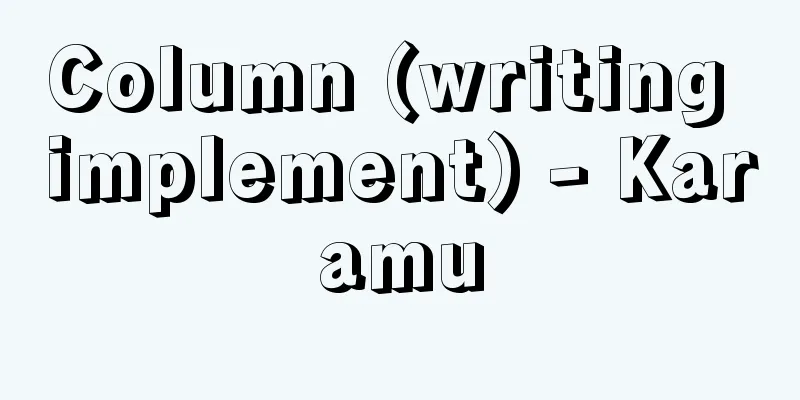
|
...In order to make it easier for pens and brushes to glide, the surface of the paper was coated with egg white or other materials and polished with crystal or agate to give it a glossy finish. The tools used were a pen made from a reed stalk cut at an angle to make it sharp, called a "kalam," and a brush with a tip made from bristles such as squirrel tails, kitten throats, and goat bellies. Mineral pigments made from red earth, ochre, cinnabar, and lapis lazuli were used as pigments, and resin, linseed oil, beeswax, animal glue, and gum arabic were used as media. From [Sarasa]...However, the majority of the remains date from the 17th century onwards, particularly the 18th and 19th centuries, and the oldest material from before that is the 15th century chintz discovered in Forster, Old Cairo, south of Cairo. The technical distinctive feature of Indian chintz is the combined use of pre-mordant dyeing (drawing a pattern with a mordant before applying the dye) and wax-resistant dyeing, in which the mordant and wax are applied to the fabric with an iron pen called a kalam in the case of hand-painted chintz, and with a wooden mold in the case of stencil chintz. Hand-painting and stencil dyeing may also be used in combination. From [Calligraphy]...In this respect, the perspective of calligraphy in Japan and China, which aim not only for simple formal beauty but also for the exploration of spirituality, is naturally different. The traditional writing instrument used in Islamic calligraphy is the qalam (reed pen), which is made by cutting a reed stalk at an angle to give it a sharp, pointed tip, or by flattening the tip and carving it to give it a slit, but sometimes a brush with an animal hair tip is also used. Arabic calligraphy can be broadly divided into two categories based on its form. ... *Some of the terminology that mentions "column (writing instrument)" is listed below. Source | Heibonsha World Encyclopedia 2nd Edition | Information |
|
…作画に際しては,ペンや筆の滑りをよくするために,卵白などを塗った紙の表面を,水晶やメノウで磨いてつや出しをした。用具としては,〈カラム〉と呼ばれる,葦の茎の先端を斜めに切ってとがらせたペンと,穂先にリスの尾,子ネコの喉,ヤギの腹などのにこ毛を用いた筆が使われた。顔料には,赤土,黄土,辰砂,ラピスラズリなどから作られた鉱物性顔料が使用され,樹脂,亜麻仁油,蜜蠟,膠,アラビアゴムが媒剤として使われた。… 【更紗】より…しかし遺品のうえでは17世紀以降,特に18~19世紀のものが多く,それ以前ではカイロ南部オールド・カイロのフォスタートから発見された15世紀前後の更紗類が最も古い資料といえる。インド更紗の技術的な特色は,先媒染法(染料につける前に媒染剤で模様を描く)と蠟防染とが併用されることで,手描き更紗の場合はカラムkalamと呼ぶ鉄ペンによって,型更紗の場合は木型によって,媒染剤や蠟が布に置かれる。手描きと型を併用する場合もある。… 【書】より…この点で,単なる形態的な美しさだけでなく,精神性の探究を目ざす日本と中国の書とは,おのずから視座を異にする。イスラムの書に用いられる伝統的な筆記用具はカラムqalam(葦ペン)で,葦の茎を斜めに切断して先端を細くとがらせるか,先端を扁平に削って割れ目を入れているが,ときには動物の毛を穂先にした筆を用いることもある。 アラビア文字の書体は,その形態から二つのカテゴリーに大別することができる。… ※「カラム(筆記具)」について言及している用語解説の一部を掲載しています。 出典|株式会社平凡社世界大百科事典 第2版について | 情報 |
<<: Column (Chemistry) - Entangled
>>: Calamine Brass - Calamine Brass
Recommend
Bayerische Staatsoper, München (English)
…In 1755, the Piccola Scala (600 seats) was built...
Moktar Ould Daddah
In the 1951 elections, the conservative Mauritani...
Disabled veteran
A soldier or military personnel who was injured d...
Kisai Rissho
…He showed his talent in “Yokohama-e” (Yokohama p...
Umataka ruins
This is a settlement site from the Middle Jomon pe...
Encyclopedia - Encyclopedia (English spelling)
In the early Meiji period, this word was used to ...
Gigantopithecus - Gigantopithecus
A type of fossil primate with huge teeth and skul...
Epicenter - Shinou (English spelling)
The point on the Earth directly above the undergro...
Aseev - Aseev (English notation) Николай Николаевич Асеев/Nikolay Nikolaevich Aseev
1889‐1963 Soviet poet. Born in Ligov to the family...
Gospels of Lindau
… Many of the designs in these lavishly bound boo...
evaluation
... That is, first the word "merit rating,&q...
Katz, B.
...In particular, because the activity of nerve c...
Willie Nelson - Willie Nelson
...popular music with a primary audience of white...
Teiichi Hijikata
Art historian and art critic. Born in Ogaki, Gifu...
Giant sandfly - Giant sandfly
...The closely related O. p . japonica (illustrat...



